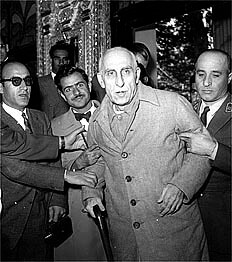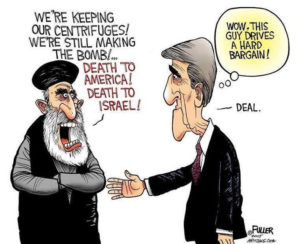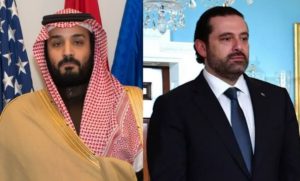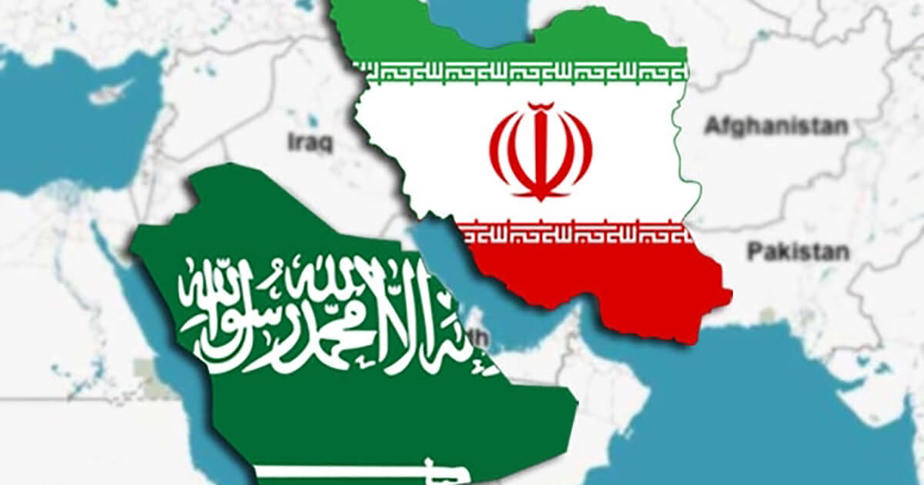Written by Sabhya Kumar.
The Middle East is infamous as a hotbed of continuous conflict. In most cases of unrest, Iran and Saudi Arabia can be inevitably found at the scene of the crime. While the two have never actually declared war on each other, they have fought several proxy wars. They have intervened in civil wars and disturbances; without any legitimate stake in matters, their main endeavour has been to establish their supremacy in the region.
The rivalry between Saudi Arabia and Iran stems from a systemic historic divide. When the Ottoman Empire broke up, various tribal factions tried to seize control of the Arabian Peninsula. The al Saud tribe emerged victorious and prospered when oil was discovered in the area. This helped Saudi forge an alliance with the United States.
Iran, on the other hand, was reeling under the impact of constant foreign interference. In 1953, the US staged a coup to uproot Iranian premier Mosaddegh, who was susceptible to Soviet influence. They propped up the highly westernized Reza Shah as the new leader. The Shah of Iran undertook massive efforts to modernize the country. But the Shia clerics did not approve of this overhaul. In 1979, the Iranian Revolution overthrew the Shah and gave power to Ayatollah Khomeini. The Iranians did not take the US-backed monarchy which was forced down their throats very lightly.

The unprecedented rise of the Ayatollah horrified the Saud royalty who feared similar reactions from their own people. The Ayatollah preached against secular westernized governments and advocated rule by the clergy. He claimed that Iran was the seat of Islam in the world with its theocratic government. Saudi Arabia, home to both Mecca and Medina, felt slighted by this declaration. A report by the CIA in 1980 confirmed that Iran was making conscious efforts to overthrow governments in Iraq, Afghanistan and Saudi Arabia. This sowed the seeds of the conflict across the Persian Gulf.

Threatened by Iran’s ideologies, Iraq invaded Iran to prevent the rise of the Islamic revolution and in the process capture some of Iran’s territories. Tehran fought back and started to win; this catapulted Saudi Arabia into action, and they helped strengthen the waning fortunes of Iraq. Close to a million lives were lost in this seemingly futile war. The Gulf Cooperation Council was founded by Saudi Arabia, Kuwait, the United Arab Emirates, Qatar, Bahrain and Oman in response to Iran’s growing clout and the Iran Iraq War.
In 2003, the US invaded Iraq to overthrow Saddam Hussein. The buffer state between Saudi Arabia and Iran was in American hands which had no semblance of an idea to manage the war-ravaged country. Civil war broke out ─ Sunni and Shia militant outfits struggled to gain control. The Shias were supported by Iran and the Sunnis by Saudi Arabia, both sides hoping to capture Iraq. This continued till the Arab Spring in 2011.
The Arab Spring was a watershed moment for the Middle East in that it advocated democracy and free speech while denouncing the dictatorial and dynastic powers that be. For the status quo countries like Saudi Arabia, this caused serious concerns. For countries like Iran which were typically anti-status quo, this was a godsend. Both nations backed rival factions in the uprising. Saudi Arabia backed the Sunnis and established governments while Iran supported the Shia militia rising against them. This was an ideal opportunity to disrupt the power dynamic in the region. In Bahrain, for instance, Saudi Arabia helped the ruling government while Iran backed the rebels who wanted to overthrow them. They were involved in Libya, Morocco, Lebanon and even in Yemen, where Iranian troops are behind the Houthi rebels while the Saudi soldiers fight them on the ground. In Syria, Iran supports Hezbollah, a terror outfit, along with the Shia militants which back Bashar al Assad, while Saudi Arabia helps the Sunni militia. While the war with ISIS is said to be drawing to a close, both outfits are angling to seize territory in Syria as their own.
In June of 2017, Prince Mohammed bin Salman became the new Crown Prince of Saudi Arabia. The young future king will have a long and massive influence on Saudi policy. Within days of his elevation, he initiated the diplomatic isolation of Qatar. Saudi Arabia, United Arab Emirates, Bahrain, and Egypt severed all diplomatic relations with the country. They claimed that Qatar’s support of the Muslim Brotherhood, a recognized terrorist organization by the Gulf Cooperation Council, has led to this eventuality. But it is widely believed that Qatar’s proximity to Iran and its state-owned news organization Al Jazeera’s report on a comment made by Qatar’s Emir (which claimed Iran’s supremacy as an Islamic power) have ruffled feathers in the high corridors of Saudi power.
As Prince Mohammed bin Salman consolidates power, it will be interesting to note how he engages in this feud with Iran. His rise as the Crown Prince is marked by manipulation of the highest order and involved the ousting of his cousin Mohammed bin Nayef. He continues to centralize power and has jailed close to 200 people in his purge against corruption. The architect of modern Saudi Arabia is steadily dismembering the existing gerontocracy by installing younger candidates in positions of power. While some reforms are necessary, the purge is unmistakably also removing any political foes who may later challenge bin Salman.
Saad Hariri, the Prime Minister of Lebanon announced his resignation from Saudi Arabia. Citing assassination attempts and Iranian influence in Lebanon, he made a taped address which was broadcasted on Saudi Arabia’s state-run news channel. The President of Lebanon refused to accept his resignation saying that he believed Saad was being held hostage by the Saudi Arabians and must tender a resignation when in Lebanon. He has since withdrawn his resignation, restoring stability to the region which reeled under the impact of an impending crisis.

The primordial conflict between the two Islamic nations is continuously evolving to include more and more new players in the power dynamics. As Saudi Arabia undergoes structural and social changes, its responses to Iranian forces remain a topic for much discussion and debate.
Featured image courtesy Georgetownsecuritystudiesreview.org.






